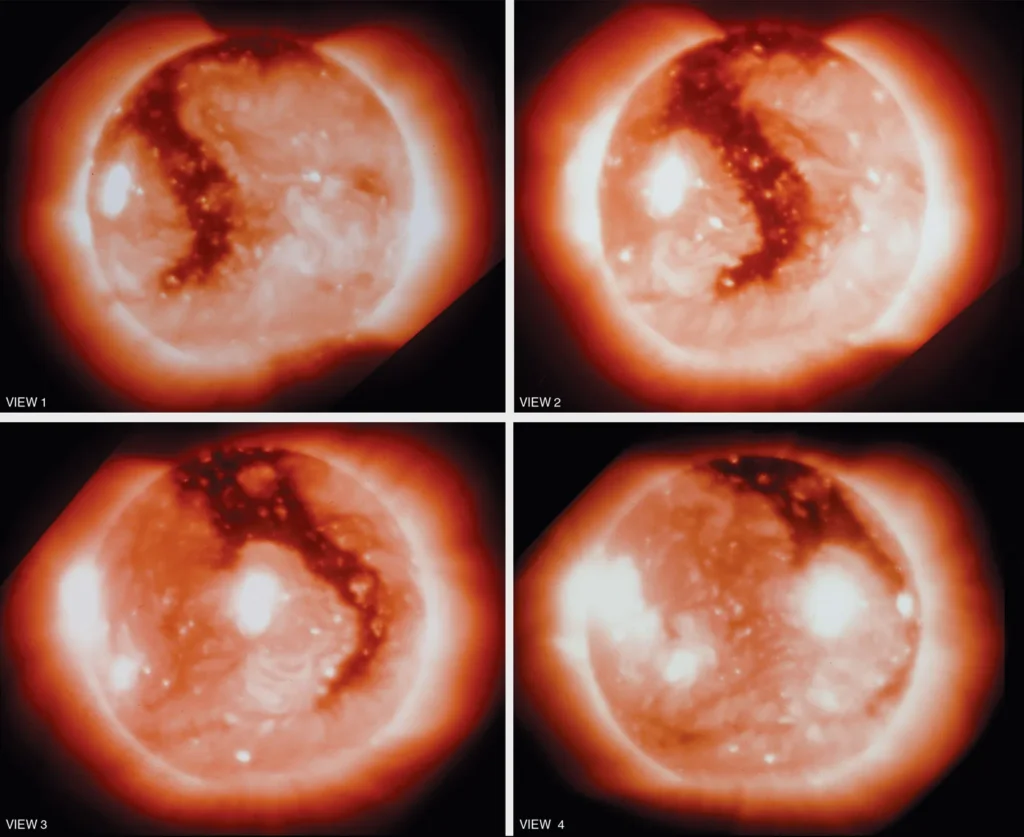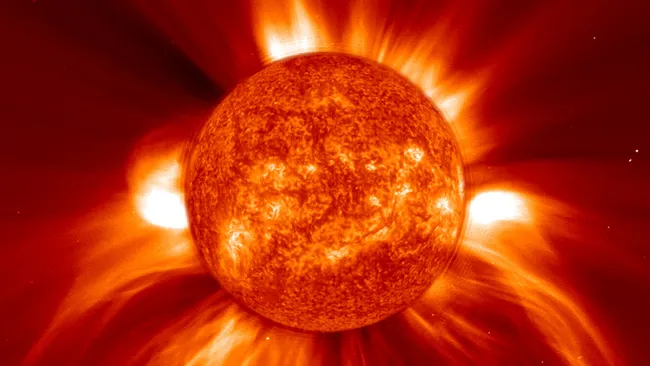The sun’s corona, its outermost layer, is a mystery that has baffled scientists for decades
The Parker Solar Probe, launched in 2018, is designed to dive into the sun’s corona and gather critical data. Its mission is to uncover the source of the corona’s intense heat. Equipped with instruments designed by Justin Kasper, a professor at the University of Michigan, the probe measures the density, temperature, and flow of plasma within the corona. Upon its first approaches, the probe detected numerous S-shaped bends in the sun’s magnetic field, known as switchbacks. These switchbacks, which briefly reverse the direction of the magnetic field, were initially thought to be potential sources of the corona’s heat. Their severe bends store significant magnetic energy, which could theoretically release into the surrounding plasma, heating the corona and accelerating the solar wind.
However, the Parker Solar Probe’s data revealed that while these switchbacks are common in the solar wind close to the sun, they are absent within the corona itself. This finding rules out the hypothesis that switchbacks form within the corona from magnetic field collisions at the sun’s surface. If they did, switchbacks would be more prevalent inside the corona. Instead, their absence suggests that switchbacks form beyond the corona, likely in the solar wind.

Soft X-ray images of a hole in the Sun’s corona, taken two days apart by the Skylab telescope. Coronal holes are sources of high-velocity streams in the solar wind.(less)
NASA/MSFC
Alternative theories for the corona’s heat include waves of magnetic energy vibrating like plucked guitar strings, sending energy outward from the sun’s surface. These waves could potentially dissipate within the corona, heating the plasma. Another possibility is that turbulence in the solar wind could distort magnetic fields, forming switchbacks beyond the corona that influence the solar wind’s behavior.
As the Parker Solar Probe continues its mission, upcoming close approaches to the sun will provide more data. Scheduled for as early as December 2024, these missions will further test existing hypotheses and potentially uncover new insights into the sun’s mysterious corona.
the research conducted by the University of Michigan, published in The Astrophysical Journal Letters. Additional insights and context are provided by NASA’s Parker Solar Probe mission details.



















